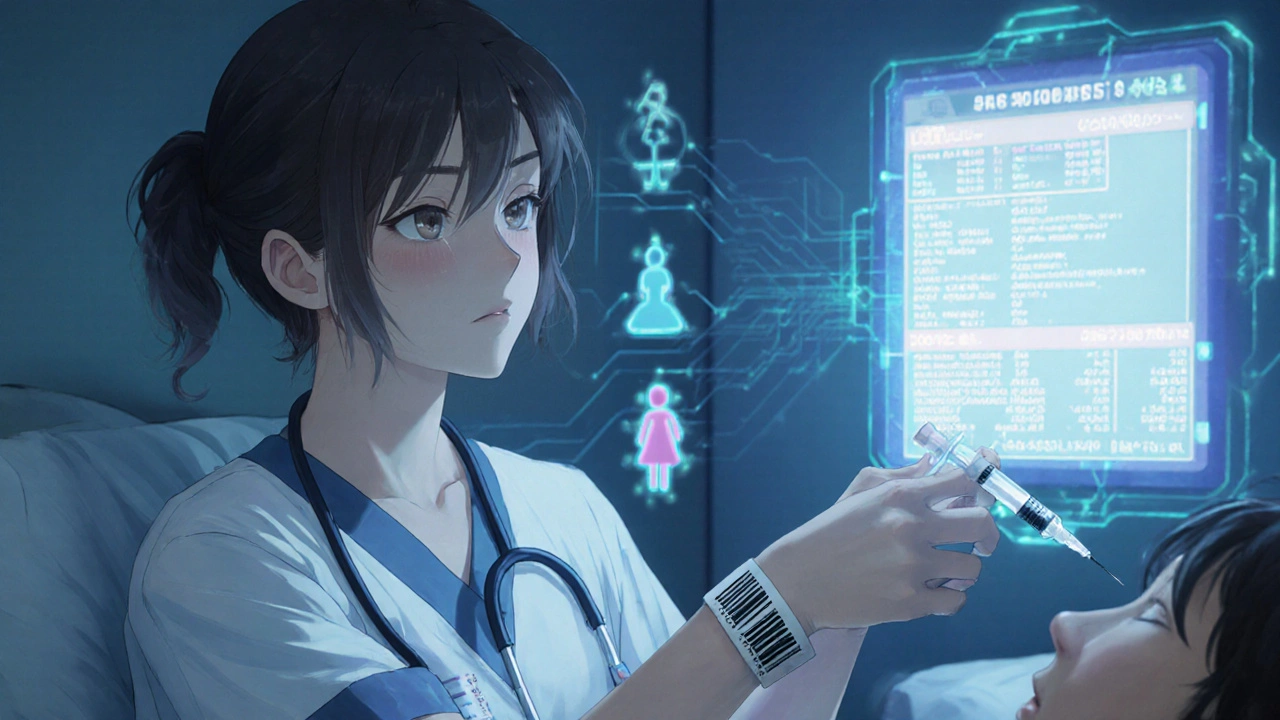Medication Safety: Protect Yourself from Harmful Drugs and Online Scams
When you take a pill, you expect it to help—not hurt. But medication safety, the practice of using drugs correctly to avoid harm, overdose, or dangerous interactions. Also known as drug safety, it’s not just about following the label—it’s about knowing what you’re really taking, where it came from, and who’s watching over it. Every year, thousands end up in emergency rooms because of mistakes with prescription drugs, fake pills bought online, or hidden side effects no one warned them about. This isn’t scare tactics. It’s data. The FDA reports that over 125,000 Americans die each year from adverse drug reactions, many of them preventable.
Generic drugs, lower-cost versions of brand-name medications that must meet the same FDA standards for effectiveness and safety. Also known as brand equivalents, they’re a smart way to save money—unless you buy them from shady websites. Posts here show how people get tricked into buying fake bupropion, sildenafil, or omeprazole online. These pills might look real, but they could contain rat poison, chalk, or the wrong dose. And if you skip the prescription? You’re gambling with your liver, your heart, or your brain. Medication safety means knowing that a cheap price doesn’t mean a safe deal.
Drug overdose, a dangerous or fatal reaction to taking too much of a medication, whether by accident or intent. Also known as medication toxicity, it’s not just about opioids—it can happen with common painkillers, antidepressants, or even allergy meds. That stuff you took for a headache? Could be triggering acute angle-closure glaucoma if you have narrow eye angles. That sleep aid you grabbed online? Might be mixing badly with your blood pressure pill. Medication safety isn’t about being paranoid—it’s about being informed. You need to know the signs: confusion, slow breathing, vomiting, sudden vision loss, chest pain. If you see them, act fast. Naloxone saves lives, but only if you know when to use it.
The FDA’s GDUFA program helps speed up approval of safe generics, but it doesn’t stop criminals from selling fake drugs on the dark web. Insurance rules for biosimilars, prior authorizations, and tiered formularies all affect your access—but none of that matters if the pill in your hand isn’t real. Medication safety crosses every line: online shopping, insurance paperwork, doctor visits, even your own memory. Did you forget to tell your pharmacist you’re taking clozapine? That could mean liver damage you didn’t see coming. Did you assume all testosterone gels are the same? They’re not. Cernos, Androgel, Testogel—they transfer differently, cost differently, and carry different risks.
Below, you’ll find real stories and hard facts from people who’ve been there. How to spot a fake pill. Why your cheap generic might be dangerous. What to do if someone overdoses. How to talk to your doctor about side effects. How to use insurance to get safer drugs without getting ripped off. This isn’t theory. It’s what works. And it’s what keeps you alive.
How to Verify Dose Changes and Avoid Miscommunication in Healthcare
Learn how to verify medication dose changes using proven protocols that prevent deadly miscommunication. Discover the 3-step verification process, when to use double checks vs. barcode scanning, and how SBAR communication saves lives.

